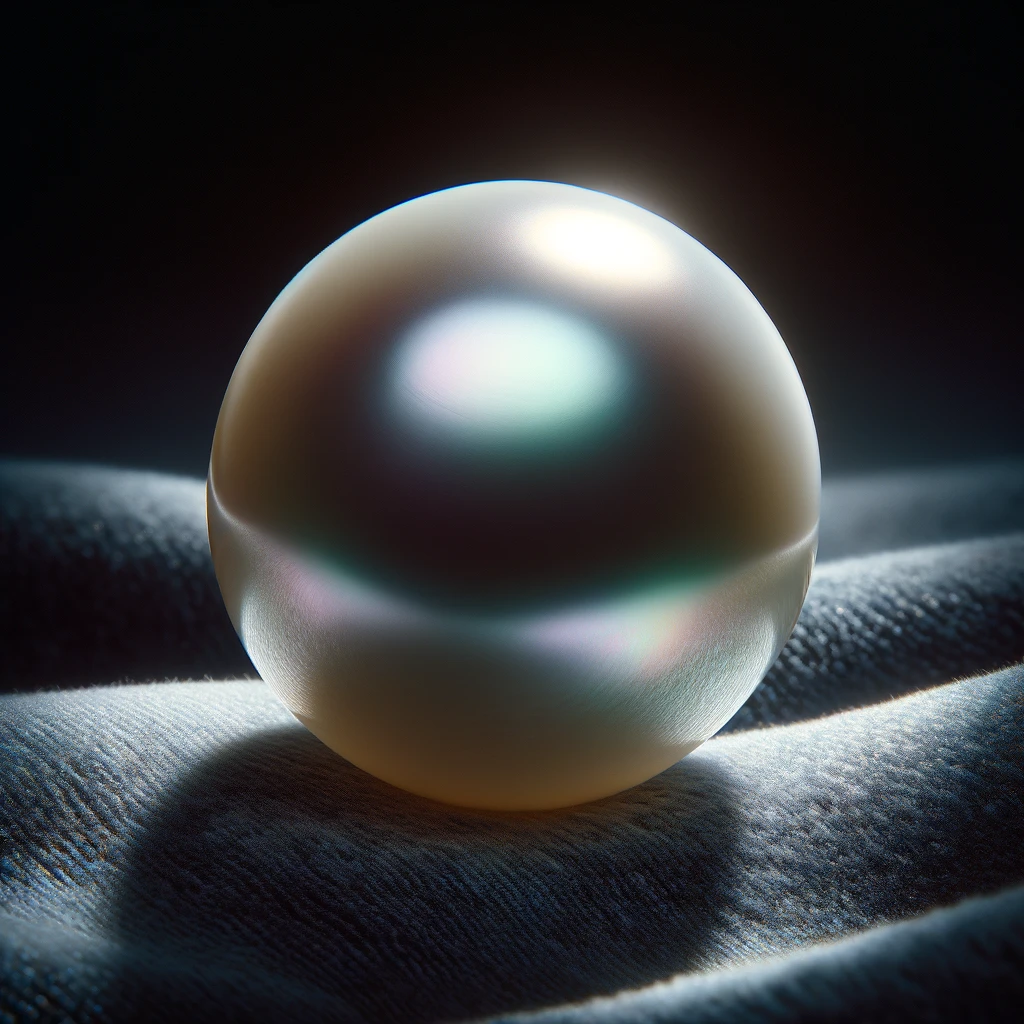Cultured pearl
A cultured pearl is created by mollusks with human intervention, mimicking natural processes to produce pearls.
- Part of speech
- noun
- Definition
- Cultured pearls are formed when humans insert a tiny bead or piece of tissue into a mollusk, stimulating the organism to coat the irritant with layers of nacre, the lustrous substance pearls are known for. This method closely replicates the natural pearl formation process, allowing for more predictable and abundant pearl production. Cultured pearls can vary greatly in color, size, and shape, offering a wide range of options for jewelry creation. Contrary to a common misconception, cultured pearls are genuine pearls, their main distinction from natural pearls being the initial human involvement in their creation process. This technological advancement has made pearls more accessible to a broader audience, thereby democratizing the luxury and elegance associated with pearl jewelry.
- How it looks
-

Yes, cultured pearls are real pearls created by mollusks with human assistance. They have the same chemical composition as natural pearls.
Cultured pearls can be valuable, with their worth determined by factors such as size, shape, color, luster, and surface quality. High-quality cultured pearls, especially those from reputable sources like Akoya, South Sea, and Tahitian varieties, are considered valuable and desirable in the jewelry market.
Natural pearls are typically formed by an irritant entering an oyster naturally, whereas cultured pearls result from human intervention by deliberately inserting an irritant into the oyster. Natural pearls tend to have more irregular shapes and a less glossy appearance, while cultured pearls are usually more uniform in shape and luster.
Related words
© 2024 All rights reserved.